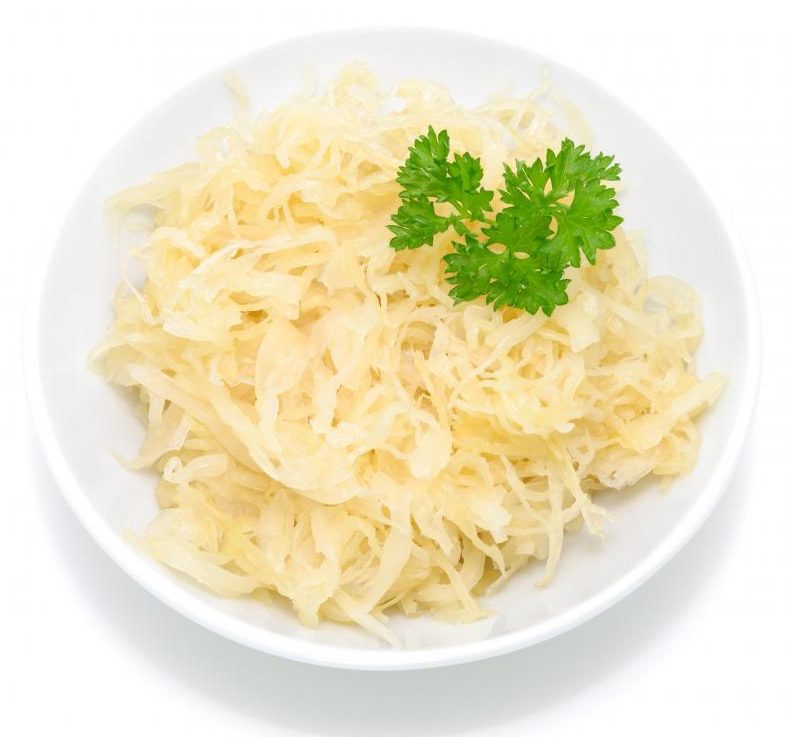Bacteria! Ew!
The kind of bugs we are always washing our hands to get rid of, the ones responsible for runny nose, bad cough and pesky pimples are actually something that are actually a big part of what we are. Actually, let me go further and say that if you thought our body is one giant network of organs, tissues and stuff made of human cells, you will be only half right. Our body is actually an ecosystem of 30-50 trillion human cells combined with 30-50 trillion of varieties of bacteria. More than 800 species of bacteria reside in the human gut and 30–40 species dominate this community, comprising up to 99% of the total population
So, when you pick up something to eat, you are nourishing an entire ecosystem. Obviously, you need to think about eating right kind of food that that will help bacteria in your body to flourish, and your ecosystem to thrive.
There is now a pretty good amount of research that concludes importance of eating bacteria friendly foods. Fermented foods are obvious choices. Here are a number of foods that you should be eating more of:

Yogurt, Kefir and Whey
It’s no wonder that food that contain live cultures of good bacteria can help restore the variety and quantity of your gut flora. Yogurt and Kefir contain specific bacteria that work to keep the acidity level of the GI tract high, making it an unfriendly environment for deleterious microorganism to proliferate. As many as 100 million bacteria can be in just one gram of yogurt.
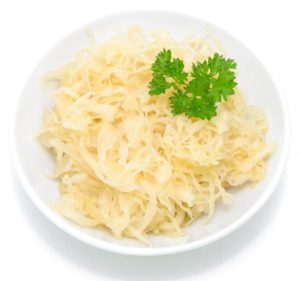 Sauerkraut, Kimchi, Pickles
Sauerkraut, Kimchi, Pickles
Sauerkraut is pickled / fermented cabbage. If you haven’t had this before, it might be a good idea to start incorporating it in your diet, like, immediately. Pickles that are made by fermenting vegetables such as cabbage, dill, beets etc, are excellent probiotics and sources of varieties of bacteria. However, pickles made with vinegar do not have the same benefits.
Miso and Tempeh
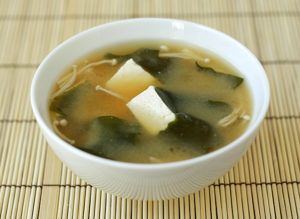 Did you know that a good Miso can take 1-3 years to ferment? Over such a long period, Miso acquires a team of beneficial bacteria in it. If you don’t know what Miso is, you can try it a few times first in a Japanese restaurant, make sure you like/acquire the taste before attempting to make it at home. If you have hypertension though, it’s better to keep Miso consumption low because of high levels of Sodium in it.
Did you know that a good Miso can take 1-3 years to ferment? Over such a long period, Miso acquires a team of beneficial bacteria in it. If you don’t know what Miso is, you can try it a few times first in a Japanese restaurant, make sure you like/acquire the taste before attempting to make it at home. If you have hypertension though, it’s better to keep Miso consumption low because of high levels of Sodium in it.
If you are in a mood for very light soup, may I suggest one of the best possible recipe? Just heat bone broth and add a tbsp of Miso paste after removing it from heat.
Tempeh, is another fermented Soy food that originated in Indonesia by accident. As it goes with most fermented products, Tempeh can be an acquired taste. Talking about acquired tastes, yet another fermented soy food in the same class is, Natto. Now, Natto can be seriously acquired taste unless you are Japanese and grew up with it.
 Bananas
Bananas
A banana a day? Yes, this humble probiotic fruit has not gotten the limelight that it deserves. Other than the fact that Bananas have such a great list of nutrients, they are also mostly resistant starch. These kind of starches are great for us because our bacterial friends in the gut thrive on them. Raw bananas have higher resistant starch than the fully ripened ones. A great way to consume raw banana is to substitute potatoes in recipes with it. Banana fries anyone?
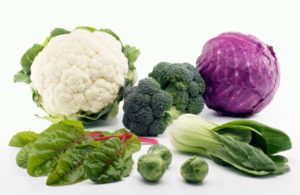 Cruciferous Veggies (Cauliflower, Kale, Cabbage, Broccoli)
Cruciferous Veggies (Cauliflower, Kale, Cabbage, Broccoli)
Research indicates that some veggies have substantial effect on population of gut bacteria. Cruciferous vegetables, a family of veggies such as Broccoli, Cauliflower, Kale, Cabbage and Brussel Sprouts, are particularly very helpful. Obviously, these vegetables are, in general, loaded with nutrients that we need anyway.
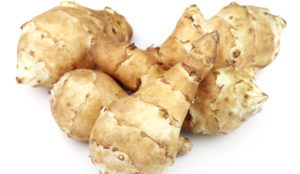 Jerusalem Artichokes (Sun Chokes)
Jerusalem Artichokes (Sun Chokes)
The first time I saw SunChokes, I almost thought that they were a variety of Ginger. They look like ones but these tubers, unlike Potatoes, are made of Inulin, a type of resistant starch. Just like raw Bananas, Jerusalem Artichokes are loved by bacteria in our colon where it’s broken down into a state called pre-biotic and becomes nourishing food for them. Also unlike Potatoes, you can use them without fear of elevated blood sugar.
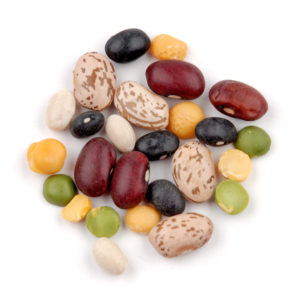 Beans
Beans
All legumes feed very well to good bugs. Packed with fibers, B Vitamins, and folate, they should be inevitably be part of your daily diet. Consume them as bean curry (Rajma), in salads, or even in your drink (Che Bau Ma).
